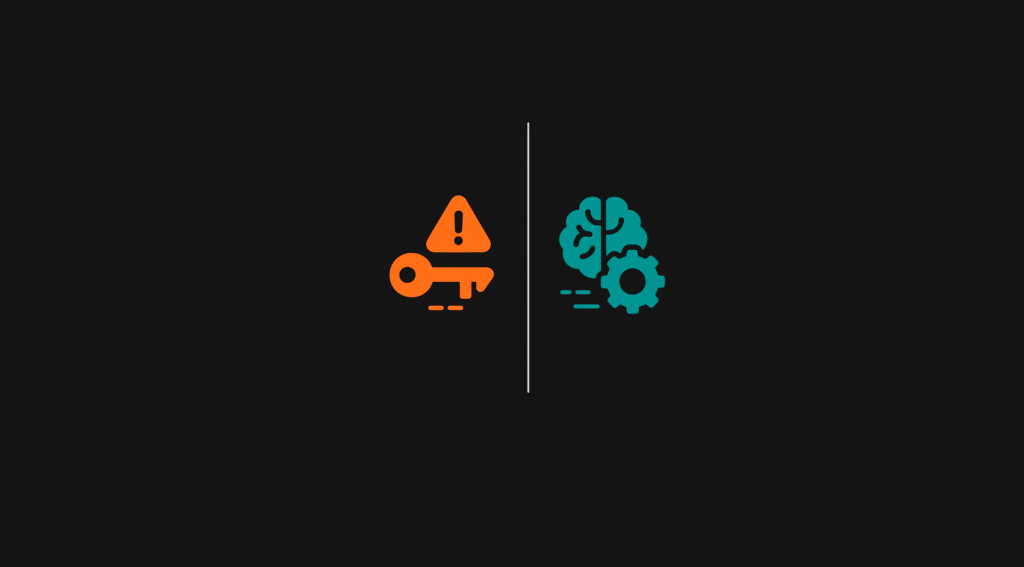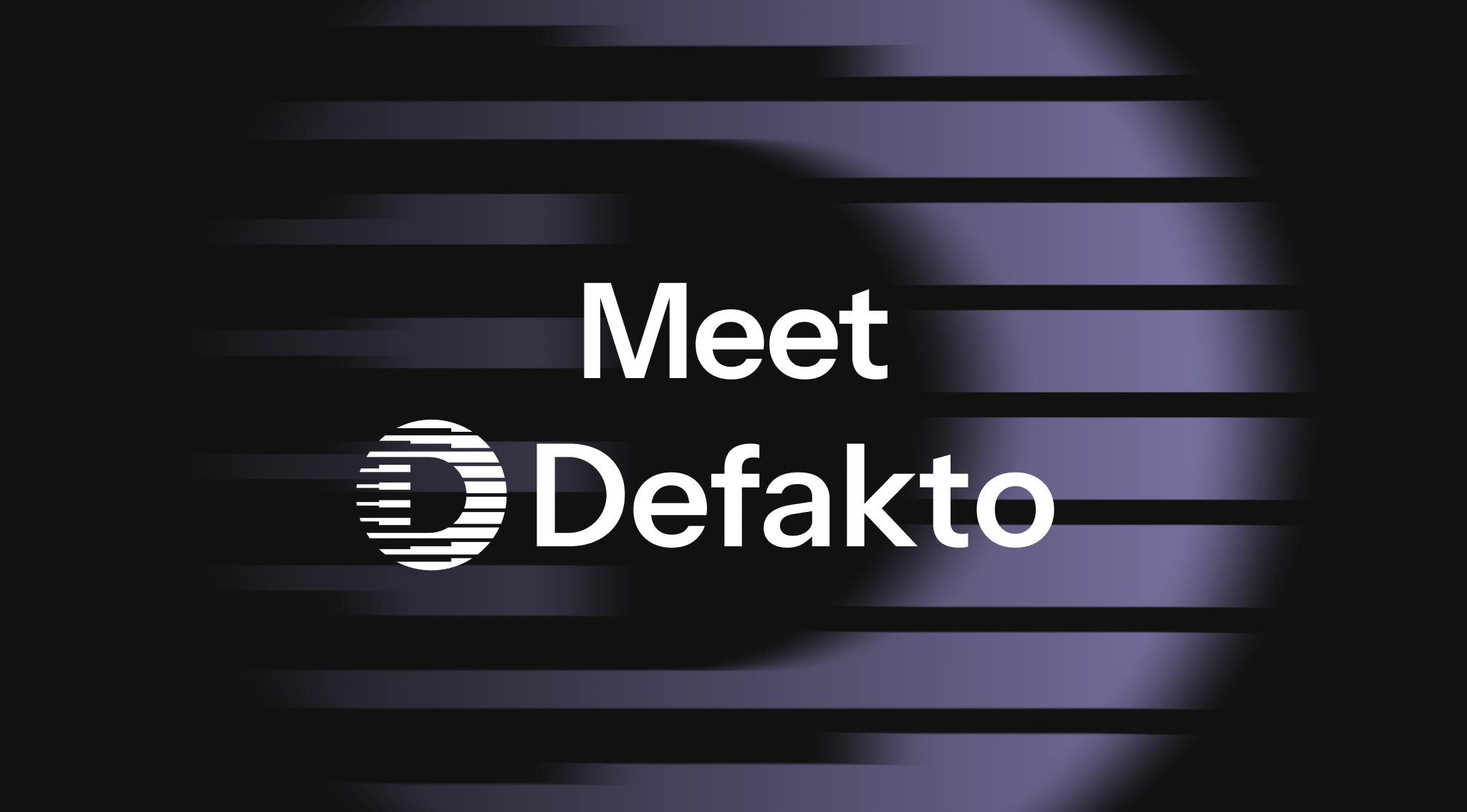September 29, 2025
Authentication is not Authorization: Why treating them as the same breaks your security model


Think of access to your systems like access to a building. A badge at the front desk proves you’re an employee or a visitor — but it doesn’t open every door. You may get through the lobby, up to your floor, and into your workspace, but your badge won’t open the server room or HVAC closet. That split — prove who you are vs. decide what you can do — is the difference between authentication and authorization.
However, in the world of digital access control, authentication vs authorization often get muddled. The confusion between them isn’t just a semantic issue — it leads to real-world vulnerabilities, poor system design, and security incidents that could have been prevented.
Let’s set the record straight.
Authentication: Who are you?
Authentication is the process of verifying the identity of an entity — whether that’s a human or a non-human such as a service, a workload or an AI Agent. It answers a single question:
“Who is making this request?”
Before an entity can authenticate itself, its identity needs to be established and verified and it is given a credential (token, certificate or secret). When it later presents the credential as proof that its identity was verified, it is authenticating.
In building terms, an employee badge let’s you identify an employee. An employee presents the badge to authenticate themselves. Knowing who the employee is, is separate from knowing if they are allowed into the building.
This is a critical distinction, authentication does not imply permission — it only proves identity.
Why Authentication Alone Is Not Enough
In the building access example, requiring only authentication is equivalent to letting anyone with an employee badge access every room in every building, whether they need to be in that room or not, the very definition of overly broad access.
The same applies to digital systems. Where things go wrong is when systems treat authentication as sufficient for authorization, assuming that if an entity can authenticate, it should be allowed access.
Equating authentication with authorization can be catastrophic. In its most extreme form, it creates equivalent access as long as you can authenticate. It enables lateral moves where an attacker manages to authenticate using stolen credentials in one system, and then access another system that accepts those authentication credentials. History is littered with examples like SolarWinds (2020), the Snowflake Customer Data Breach (2024) and Mercedes-Benz Supply Chain Attack (2024) where lateral moves and absence of additional fine grained authorization played a major role.
Deploying additional identity based authorization policies mitigates against these kinds of lateral moves by minimizing the blast radius when authentication credentials are compromised. It also creates additional audit trails and brings visibility that is necessary for governance.
For modern security models, especially zero trust architectures, you need both:
- Authentication: to establish identity
- Authorization: to define and enforce access policies based on that identity
Only then can you:
- Apply fine-grained access controls per entity or per role
- Enforce least privilege
- Maintain audit trails showing who accessed what, when, and why
- Detect and respond to abuse tied to specific identities
- Revoke access safely and selectively
In Summary
- Authentication verifies who you are.
- Authorization determines what you’re allowed to do.
- You can authorize without authentication (e.g. anonymous access), but not securely in high-trust systems.
- Conflating authentication and authorization leads to serious security risks.
- Every workload must have an identity — because identity is the foundation for meaningful authorization.
- Authentication is not enough. It’s the start of the story — not the end.
Recent Blogs

November 24, 2025
AI
AI Attack Automation Is Here. And It’s Coming for Your Credentials.

November 13, 2025
Company
Defakto Security Named a 2025 Gartner® Cool Vendor™ in Identity-First Security

November 12, 2025
Uncategorized
